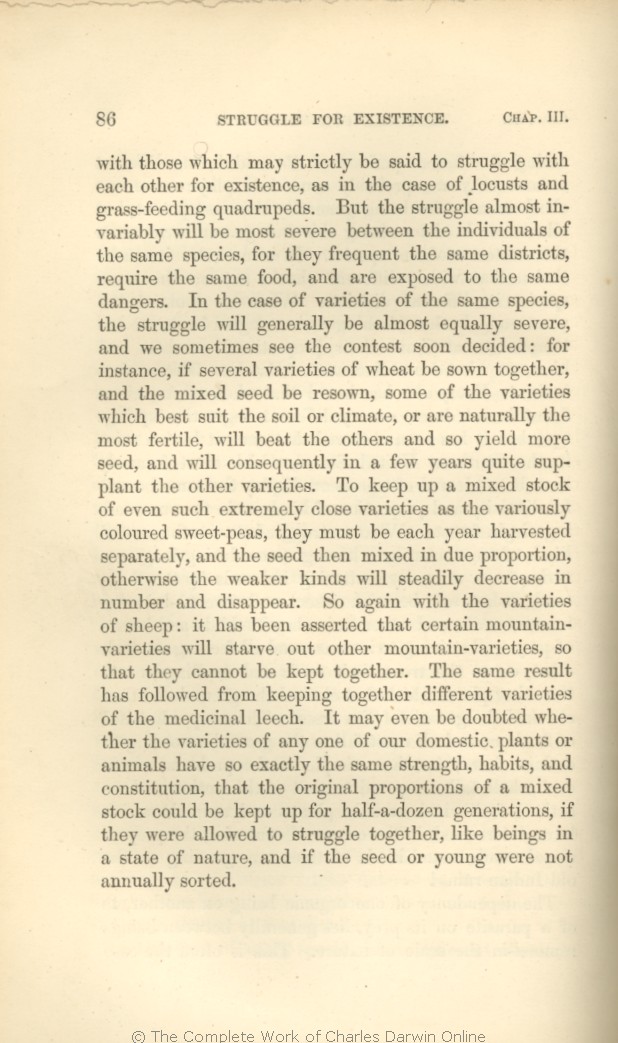with those which may
strictly be | strictly be 1859 1860 1861 1866 1869 | | be strictly 1872 |
| almost invariably will 1859 1860 1861 1866 |
| will almost invariably 1869 1872 |
| quite 1859 1860 1861 1866 1869 | quite 1872 |
| variously coloured 1859 1860 1861 1866 1869 | | variously-coloured 1872 |
| proportion, 1860 1861 1866 1869 1872 | | propor- tion, 1859 |
| number 1866 1869 1872 | | numbers 1859 1860 1861 |
| sheep: 1859 1860 1861 1866 1869 | | sheep; 1872 |
| one 1859 1860 1861 1866 | one 1869 1872 |
| could 1859 1860 1861 1866 1869 |
| (crossing being prevented) could 1872 |
| half-a-dozen 1860 1861 1866 1869 1872 |
| half a dozen 1859 |
| like 1859 1860 1861 1866 1869 |
| in the same manner as 1872 |
|









